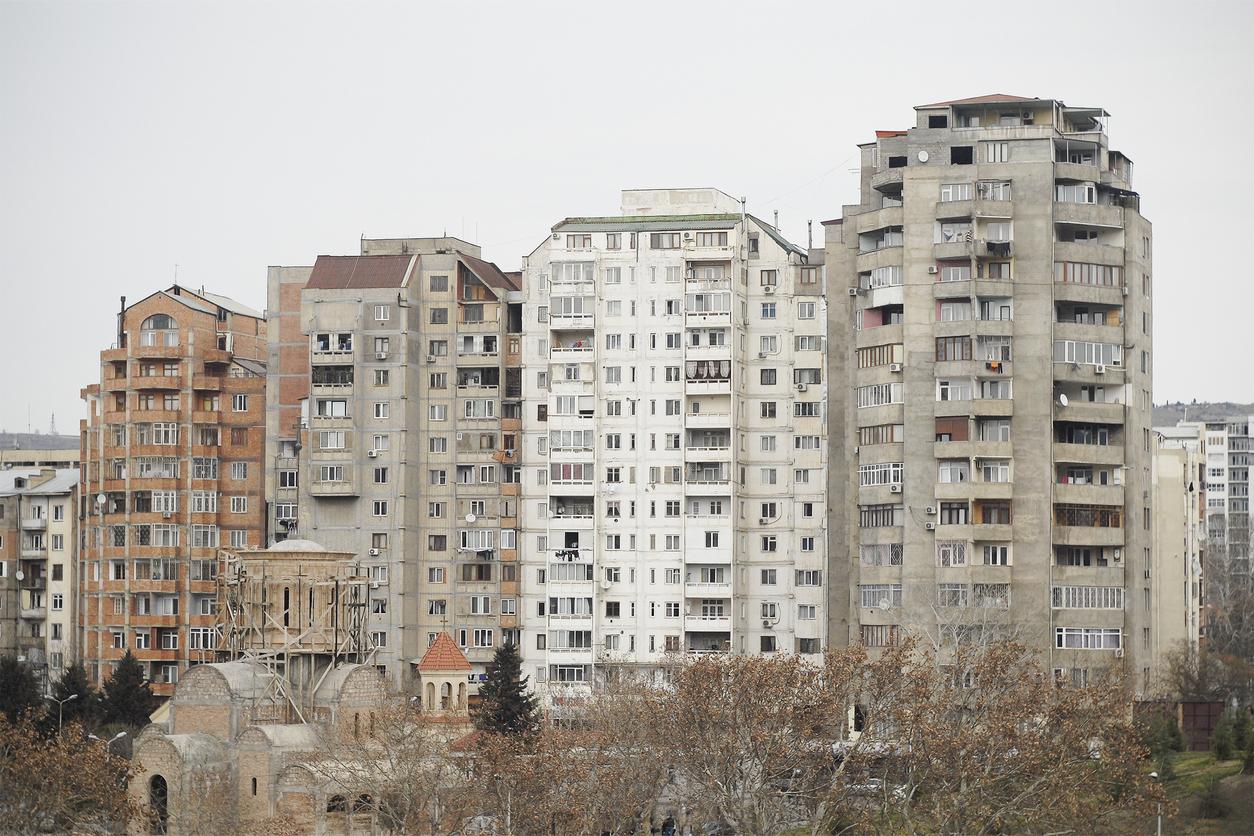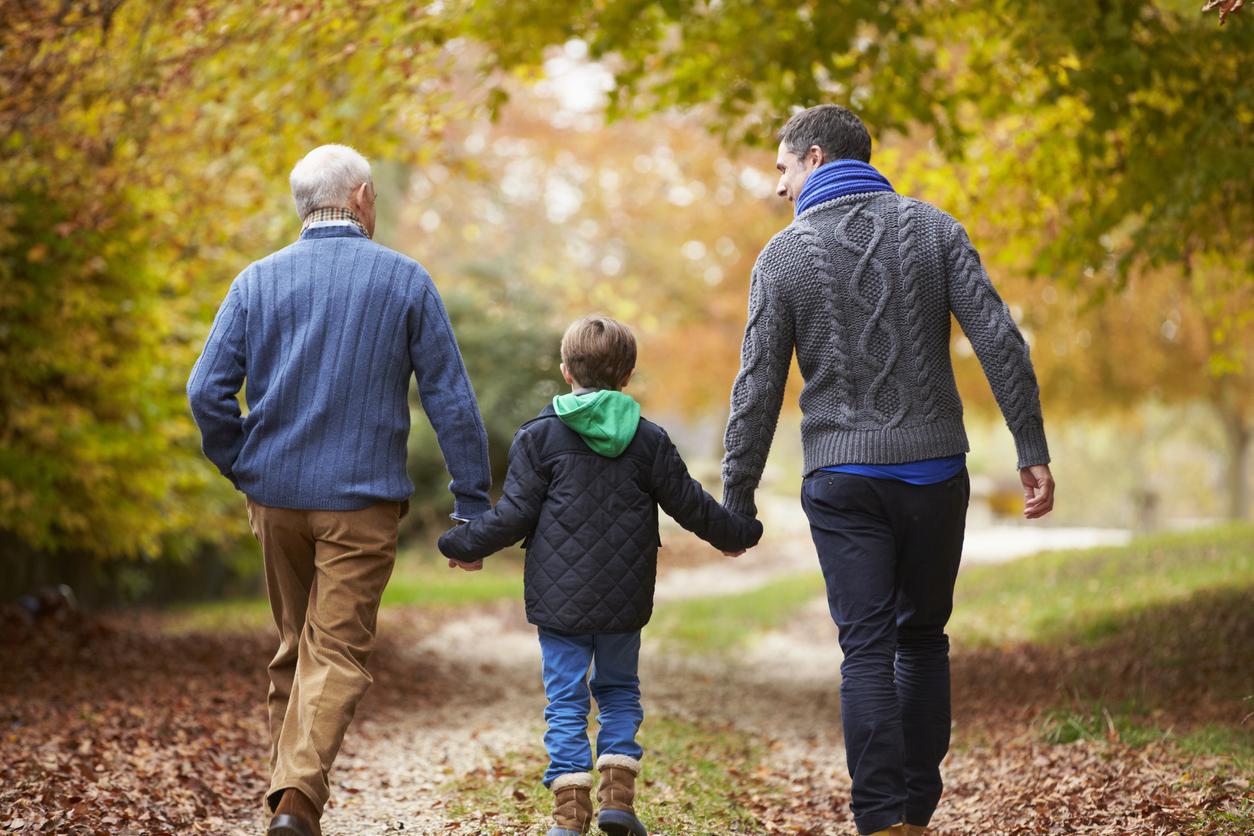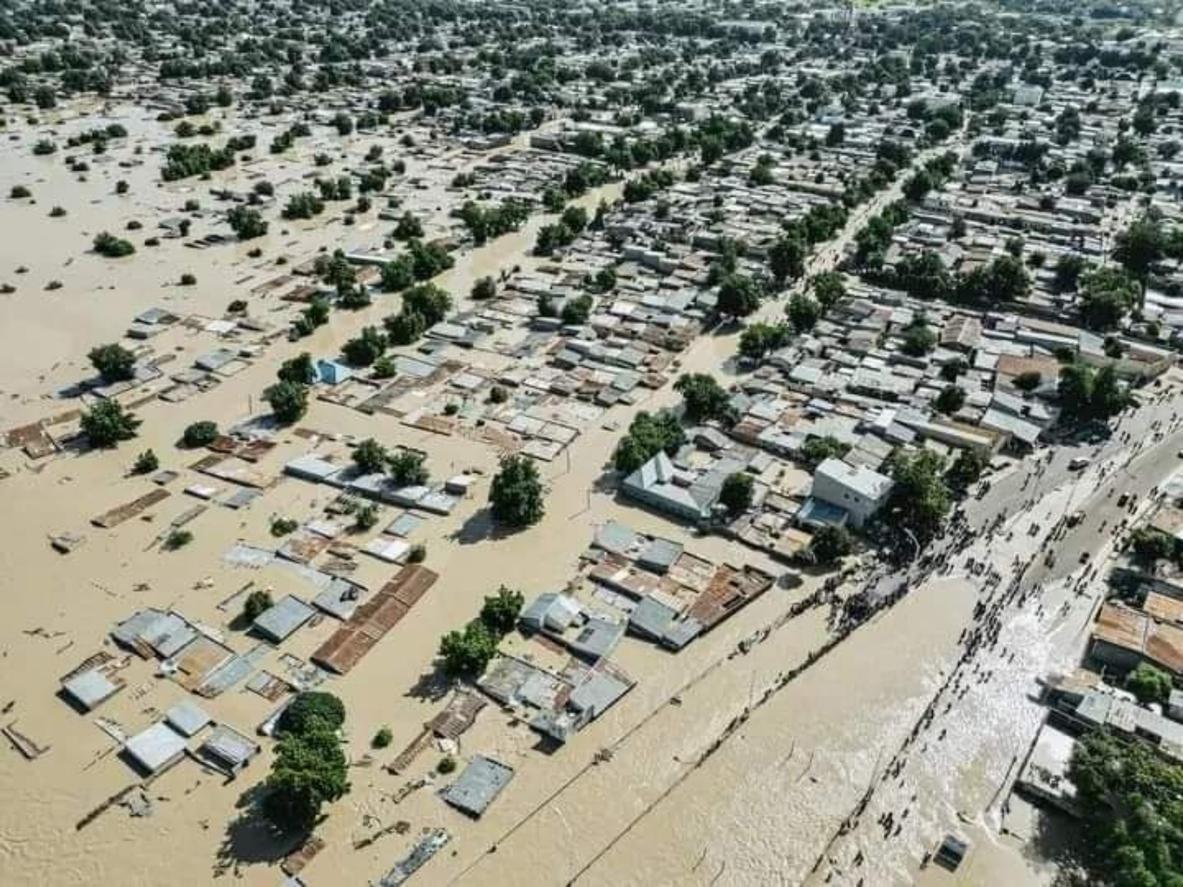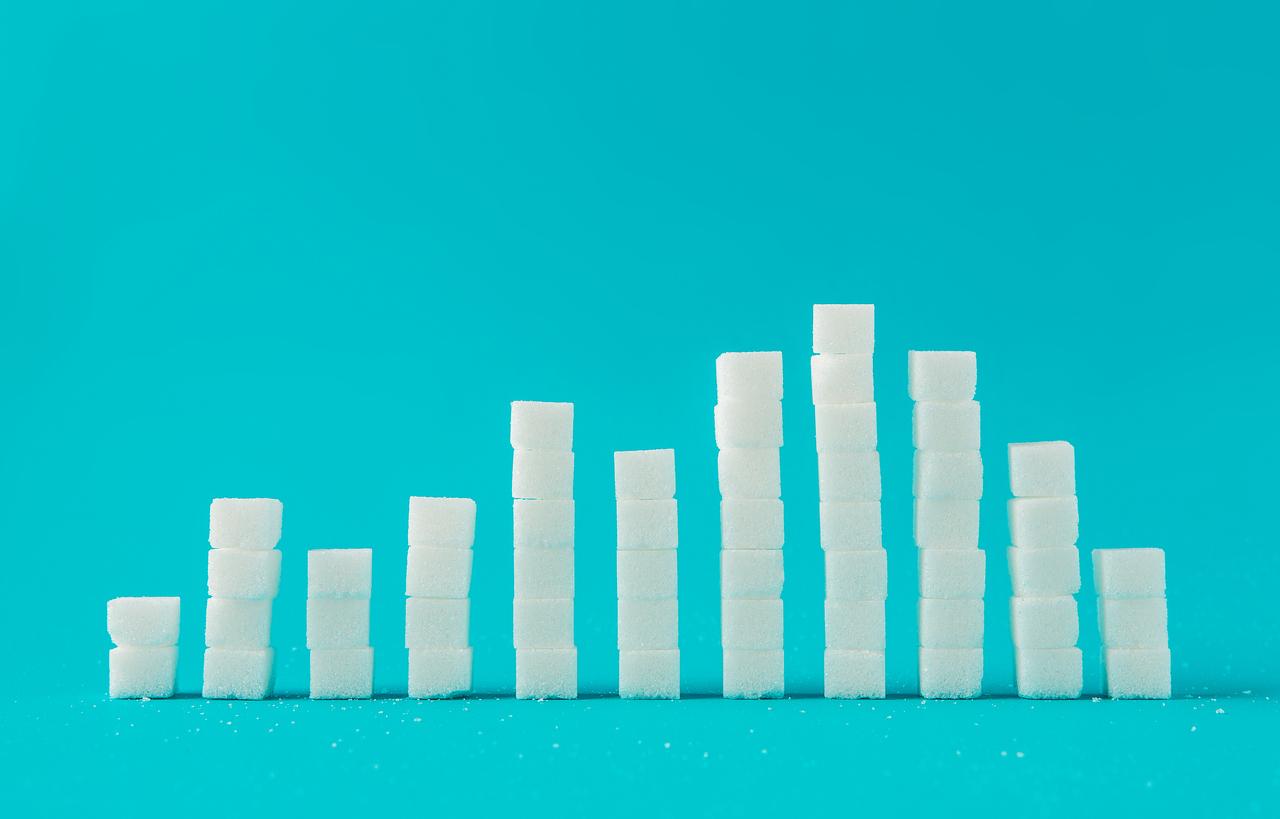We know that social inequalities have a real and quantifiable impact on children’s health. And, according to a national survey by the Department of Research, Studies, Evaluation and Statistics (DREES), these differences could be noted as early as CM2.
Concretely, in 2015, 18.1% of children in CM2 class were in overweight and 3.6% suffered fromobesity. But among the children of workers, the statistics were much higher: overweight affected 22% of children and obesity, 6%. On the other hand, among the children of executives / senior executives, the proportion was quite low: 13% of overweight children and 1% of obese children.
We also identify social inequalities in dental care. Thus, at the time of the survey, 40% of the children of workers had (at least) one decayed tooth, against “only” 27% of children from upper social classes. In addition, 13% of children of executives / senior executives had a braces (or “orthodontic equipment”) against only 9% of disadvantaged children.
19% of disadvantaged CM2 students cannot swim
More surprisingly, the vaccination rate was higher among schoolchildren from disadvantaged social backgrounds: parents would be less vaccine-skeptics.
In terms of lifestyle, 80% of children of managers practice a regular sporting activity, against 67% of children of workers. On the plate, 42% of advantaged children eat vegetables every day (compared to 27% of their less privileged comrades), 15% consume sugary drinks daily (compared to 26%) and 38.5% spend more than two hours by day in front of the television when they are not going to class (against 52.7%). Finally, 19% of CM2 students whose parents are workers do not know how to swim, which is only the case for 6% of their classmates from a family of executives.
To read :
Nurseries, nurseries … In some regions, it’s not easy to have your child looked after!
















